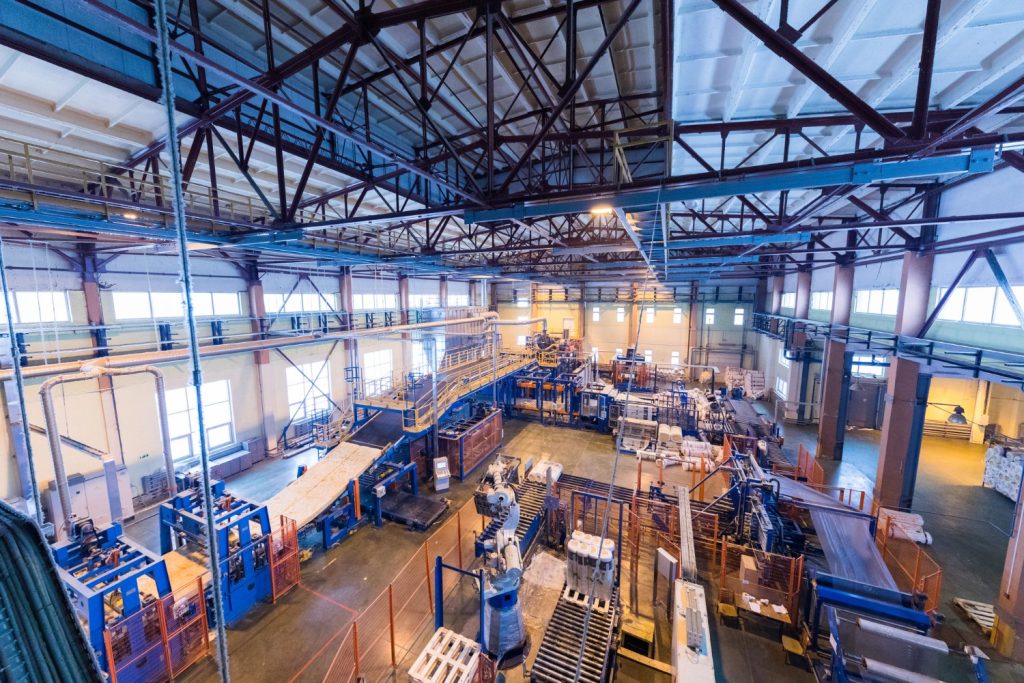
Efficiency in industrial environments doesn’t just happen—it’s the result of carefully coordinated systems, disciplined processes, and the dedication of skilled personnel who ensure every piece of machinery and every step of workflow contributes to a smooth operation. From equipment maintenance to warehouse layout, multiple behind-the-scenes efforts drive success in factories, warehouses, and manufacturing plants.
The Backbone of Productivity: Routine Maintenance
One of the most critical aspects of operational efficiency is the consistent upkeep of machinery. Industrial equipment is often in near-constant use, and even a small mechanical issue can bring production to a halt. That’s why proactive maintenance schedules are essential. Preventive care reduces the likelihood of breakdowns and helps extend the life of valuable machines, minimizing long-term costs.
Companies like L&L Forklift & Equipment Repair play a crucial role in this ecosystem. Their specialized knowledge in forklift and heavy equipment maintenance helps businesses avoid costly downtimes by ensuring machines are always in peak condition. Their expertise highlights how third-party partnerships can significantly contribute to the internal efficiency of any industrial workspace.
Workflow Optimization: More Than Just Layout
Efficiency isn’t only about machines—it’s also about movement. An optimized workflow ensures that people, tools, and materials move seamlessly throughout a space with minimal disruption or delay. This often starts with a smart facility layout, where the positioning of workstations, storage areas, and equipment minimizes unnecessary steps or hazards.
However, layout is only one piece of the puzzle. Clear signage, standardized procedures, and well-trained staff are equally important. When every employee understands their role and how their tasks fit into the bigger picture, coordination becomes second nature, and productivity naturally increases.
Technology’s Role in Streamlining Operations
Digital tools and automation are reshaping how industrial spaces operate. Barcode scanners, inventory software, and automated conveyor systems reduce manual labor, speed up processes, and help managers track performance in real time. Data analytics also plays a growing role in identifying bottlenecks, forecasting demand, and planning maintenance.
These innovations allow for a more agile response to changing conditions, whether it’s a sudden spike in orders or a supply chain delay. They also enable teams to make informed decisions based on accurate, real-time data—eliminating guesswork from critical processes.
Workforce Training and Safety: The Human Factor
Despite the rise of automation, human workers remain at the heart of any industrial operation. Operational efficiency hinges on the knowledge, skills, and motivation of the workforce. Regular training ensures that staff not only stay up-to-date with safety protocols and equipment operation but also understand new technologies and procedures.
Additionally, prioritizing safety and ergonomics helps prevent workplace injuries, which can cause disruptions and morale issues. Companies that invest in their employees’ well-being often see returns in the form of lower absenteeism and higher productivity.
The Hidden Impact of Equipment Readiness
One often-overlooked element of industrial efficiency is equipment readiness. A piece of machinery sitting idle due to a missing part or delayed inspection creates ripple effects throughout a facility. That’s why many successful operations rely on experts who can provide rapid repairs and preventative services to keep everything running smoothly.
The availability of specialists like L&L Forklift & Equipment Repair demonstrates how critical service providers are to a company’s day-to-day reliability. Their work behind the scenes enables teams to stay focused on output, not outages.
Conclusion
Operational efficiency in industrial workspaces is the result of many moving parts—both literal and figurative—working in harmony. From machine maintenance and workflow design to training programs and tech implementation, every detail matters. By investing in the unseen aspects of operations, companies can build resilient, productive environments that stand the test of time.